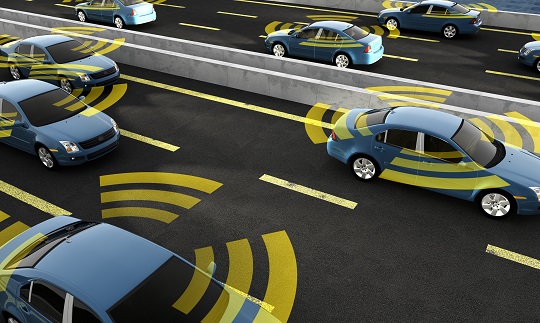Five Unintended Consequences of the Autonomous Car Trend

Autonomous cars come with a lot of promises. They’ll reduce traffic fatalities. They’ll cure congestion. They’re safer. Smarter. Better.
Seeking to capitalize on the obvious opportunity this portends, tech giants are pushing for a rapid rollout of autonomous vehicles. According to Bloomberg, however, customers aren’t. Why not? We wondered the same thing. Here’s what we found.
- It’s scary. Just about everyone has experienced the special frustration of having their computer crash. Not everyone is willing to trust a fallible invention like that with their safety at 50-plus miles per hour. Not everyone relishes the thought of relinquishing control: in fact, it scares the bejeebers out of some.
- It steals the joy. Some people like to drive. They don’t want to lose the fun of controlling a vehicle, or the personality of that relationship. Some like to get their hands greasy trying to make a car go as fast as possible. Neither of those desires need apply to the autonomous vehicle trend.
- It removes your importance. Semi-autonomous features are one thing, but a car that requires no human input at all is liable to make a person feel their car just doesn’t need them anymore. Insofar as that’s freeing, well and good. But if it makes the driver feel irrelevant, uninvolved – like a third wheel, so to speak – that’s not such a draw.
- It threatens jobs. If the last couple points were a bit sentimental, this one should bring us back down to earth. The most common occupation in the overwhelming majority of states is truck driver, according to NPR data. The industry represents 8.7 million jobs, with millions more (we assume) that exist to serve drivers en route. The drivers themselves (numbering 3.5 million) earn a solid middle class income. What would this picture look like if the self-driving truck were to crash that scene?
- It might hurt the planet. According to a data analysis of multiple scenarios recently published in a journal on transportation policy and planning, autonomous cars could decrease our demand for energy by as much as 45 percent – or, conversely, it could more than double it. Rising energy demand translates to a heavier environmental footprint.
These unintended aspects of the autonomous trend raise some important questions. Just because we can deliver a game-changing innovation, does that mean we should? Considering the anticipated socioeconomic impacts, is it in our customers’ best interest to overcome their reticence? Big picture, do the pros outweigh the cons?
We expect the industry to be wrestling with questions like these for years to come. While the technology for fully-autonomous vehicles will be ready within the decade, “it will take well into the next decade to convince consumers,” said Kay Stepper, VP of the automated driving unit at Bosch.
If and when those changes take place, will you be ready? Your insurance software will be ready to adapt to changing market trends … if you have Silvervine. Read the five insurance software must-haves and request a demo to learn more.
